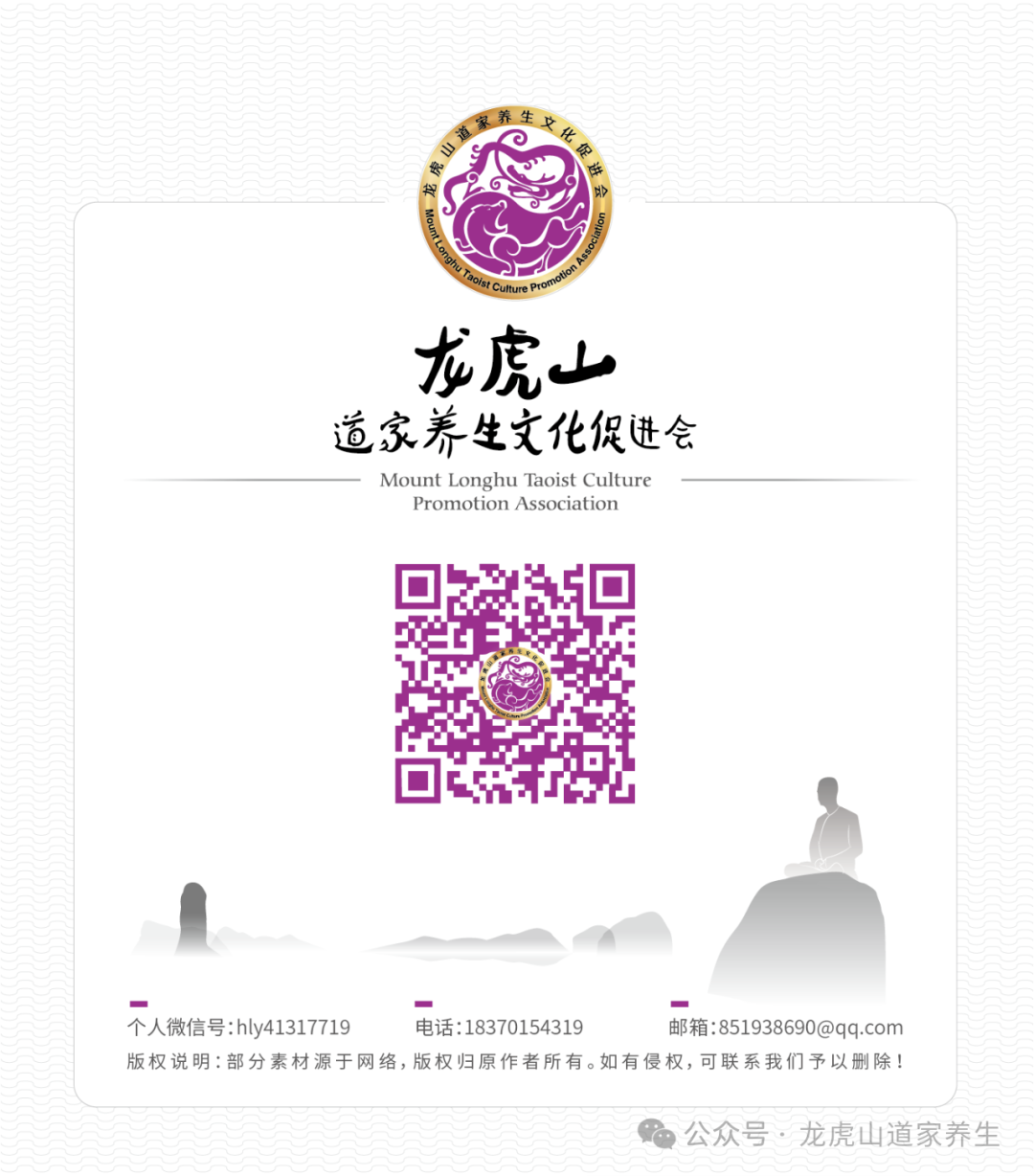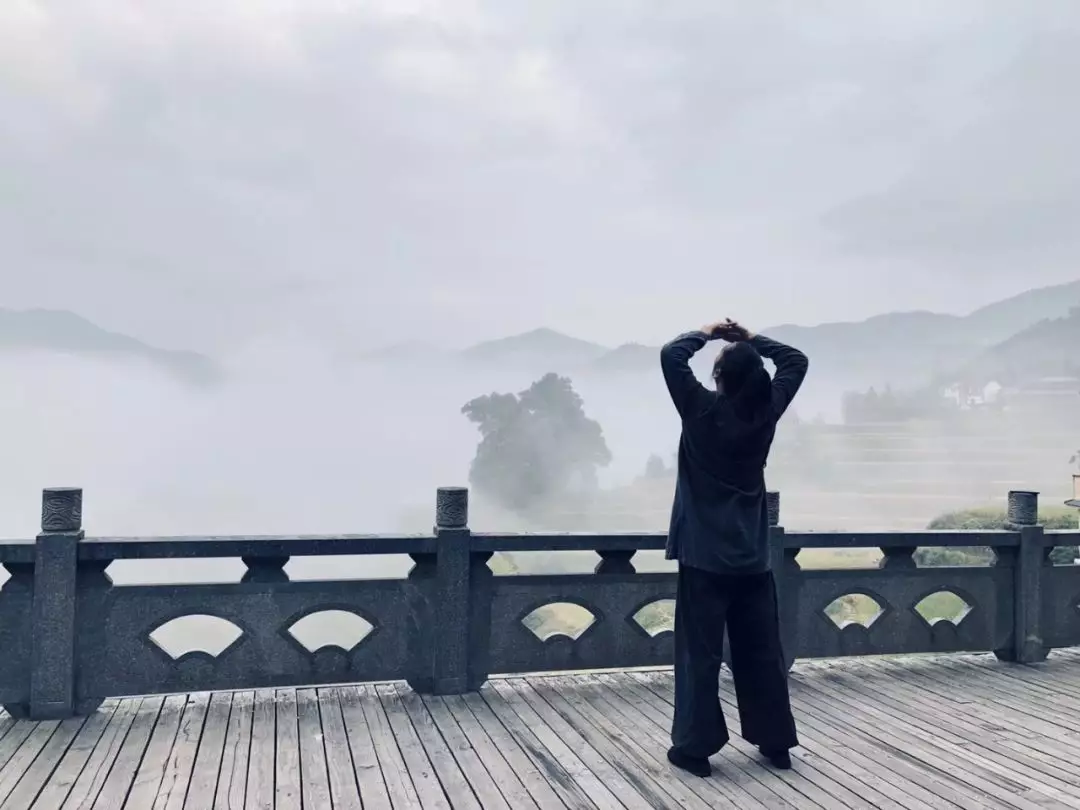
Daoist Guiding Techniques
Guiding, also known as “Dao Yin”. “Dao” means to guide the Qi, and “Yin” refers to the movement of the limbs. Therefore, guiding is a method of combining physical movement with breathing techniques for health and healing in Daoist practices.
In the text “Baopuzi Neipian – Biezhi”, it states: “Whether stretching or bending, looking up or down, walking or lying down, leaning or standing, hesitating or moving slowly, whether singing or breathing, all are forms of guiding.”
This essentially considers all bodily activities as forms of guiding.
In “Yiqie Dao Jing Yinyi”, it is also stated: “Any person who rubs or kneads themselves, stretches and contracts their limbs, relieves fatigue and removes worries, is practicing guiding.” However, guiding is distinct from general physical activities. For example, in “Yunji Qiqian” Volume 36, “Yun Jian Dao Yin Fa” states: “The way of guiding must be harmonious and peaceful, with movements being slow and steady, and stretching and contracting must have rhythm and moderation.” This means that during guiding, one must first maintain a peaceful mind, and the body’s movements should be neither rushed nor sluggish, with a rhythmic and controlled stretching and contracting of the limbs.
Daoists highly value the practice of guiding, intending to use it to promote longevity.
Regarding the effects of guiding, “Xuanji Qiqian” Volume 36, “Xuan Jian Dao Yin Fa” states: “Firstly, it regulates the Ying and Wei (defensive Qi), secondly, it aids in digestion, thirdly, it expels wind pathogens, and fourthly, it enhances blood and Qi… This means that through guiding, one can harmonize the Yin and Yang within the body, promote digestion, resist external diseases, and also enrich the Qi and blood, enhancing mental vitality.”
Practical experience has proven that guiding techniques indeed have positive effects on fitness and healing. The later developed practices such as Ba Duan Jin (Eight Pieces of Brocade), Long Hu Gong (Dragon and Tiger Skill), Tai Chi, Xing Yi Quan, and Ba Gua Zhang are all closely related to Daoist guiding techniques.
When we take a serious attitude towards Daoist health practices, we will find that Qi guiding and guiding techniques have remarkable effects on strengthening the bones and delaying aging; sitting quietly and contemplating can lead to mental tranquility, and even have special therapeutic effects on common ailments such as insomnia, hypertension, and heart disease; internal alchemy techniques for opening the microcosmic and macrocosmic orbits, unblocking the body’s meridians, and preventing disease invasion are truly extraordinary; Daoist health guiding techniques provide us with rich health knowledge…
In the Laozi school and among many practitioners, there are numerous individuals who actively utilize guiding as a means of health preservation. The goal of “guiding and nourishing” is to aspire for “immortality” and become an immortal, such as: in the early Han Dynasty, Zhang Liang expressed a desire to abandon worldly affairs and follow Chisongzi, learning fasting, Dao (guiding), and lightness (“Records of the Grand Historian – The Family of Liu”) ; Li Shaojun and Dongfang Shuo practiced “guiding Qi to nourish the spirit” (“Lunheng – Dao Xu”); later Han figure Jiao Shen admired the techniques of pine and cypress guiding (“Book of the Later Han – Biographies of the Recluse”). The trend of “guiding and nourishing” flourished in the Eastern Han compared to the Western Han, with many practitioners mentioned in the “Book of the Later Han – Biographies of Practitioners” being adept in guiding health practices.
We hope that more people will understand the content of Daoist health practices to clarify various misunderstandings and confusions about Daoist health techniques, which can play a positive role in improving people’s health levels.
Kidney Deficiency, Lower Back Pain, and Leg Pain: Medical Differentiation of Causes
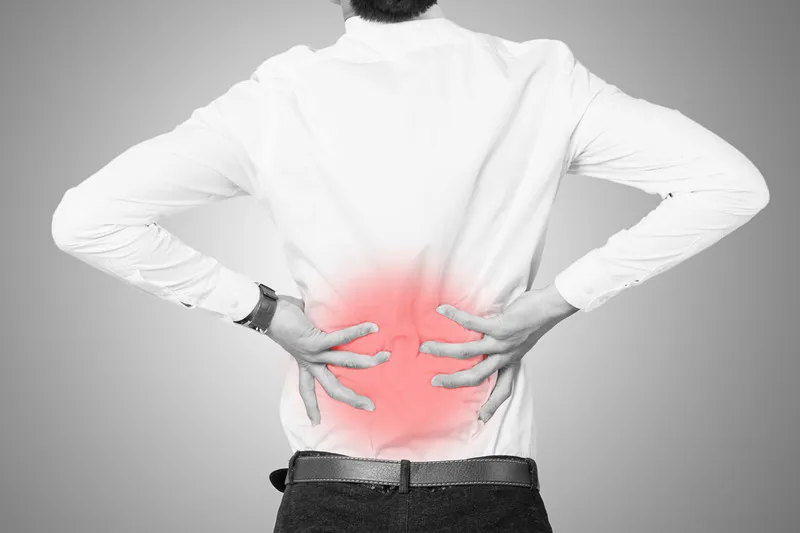
When the liver and kidneys are deficient, the circulation of Qi and blood becomes weak, and the tendons and bones lose nourishment, leading to restricted movement and subtle pain. Generally, the syndrome of kidney deficiency with lower back pain and leg pain can be divided into Yin deficiency and Yang deficiency types.
Those with Yang deficiency and kidney deficiency often present with a pale complexion, a fear of cold, and a preference for warmth; while those with Yin deficiency and kidney deficiency often exhibit a flushed complexion, thirst, and dry throat. It can be said that liver and kidney deficiency is the main internal cause of lower back and leg pain.
Daoist medicine believes: “The kidneys govern the bones, and the liver governs the tendons,” and “the lower back is the residence of the kidneys,” thus the importance of the liver and kidneys is self-evident.
The main pathogenic factors of liver and kidney deficiency mostly stem from two aspects: one is the invasion of external pathogens into the body, which remain unexpelled, causing cumulative damage to the liver and kidneys over time; the other is excessive labor. Excessive labor refers to overexertion, mental strain, or excessive sexual activity.
Excessive physical labor damages Qi, excessive mental strain damages blood, or excessive sexual activity leads to the depletion of kidney essence; all three types of excessive labor can lead to liver and kidney deficiency syndromes.
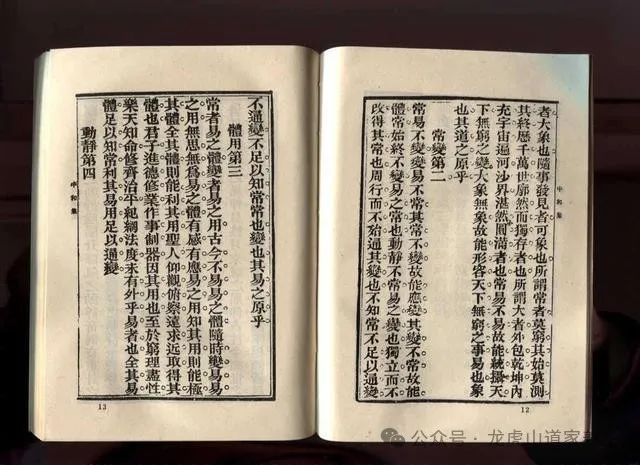
Special Treatment for Kidney Deficiency, Lower Back Pain, and Leg Pain: Mo Shen Guiding Technique
In Daoist health practices, there is a technique known as Immortal Guiding for disease elimination, also called “Secret Transmission of the Saintly Truth – Forty-Six Longevity Techniques”, which is recorded in the book “Chifeng Sui” compiled by Zhou Lujing during the Ming Dynasty. This guiding technique is specifically targeted at various bodily pains and diseases.
In the Mo Shen diagram by Zhongli, it teaches a guiding movement for treating kidney deficiency, lower back pain, and leg pain: Sit upright, rub both hands together to warm them, and then use both fists to rub the Jingmen point on the back, circulating Qi for twenty-four breaths.
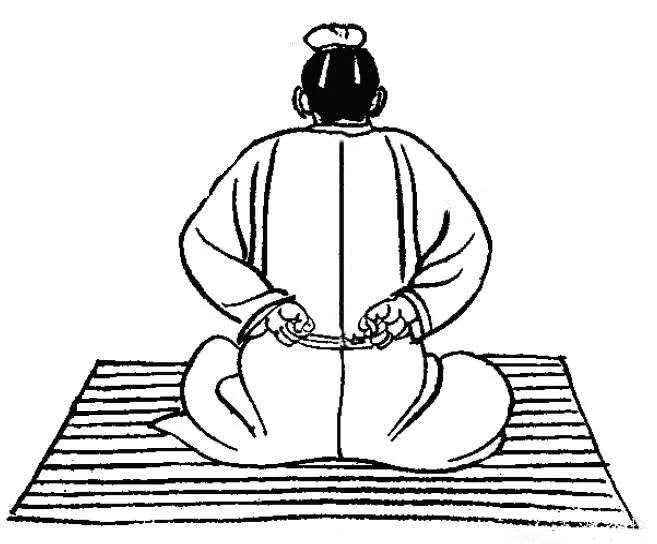
Guiding Movement for Mo Shen by Zhongli
Sit upright, rub both hands together to warm them, and then use both fists to rub the Jingmen point on the back, circulating Qi for twenty-four breaths.
Main therapeutic effects: Treats kidney cold deficiency, lower back pain, and leg pain.
